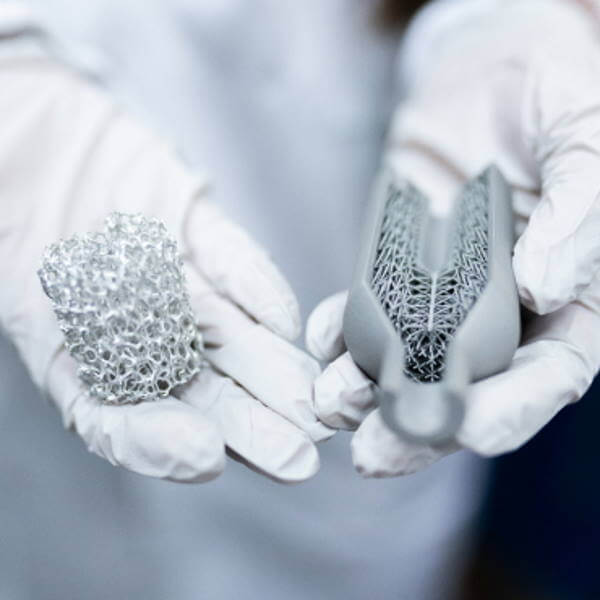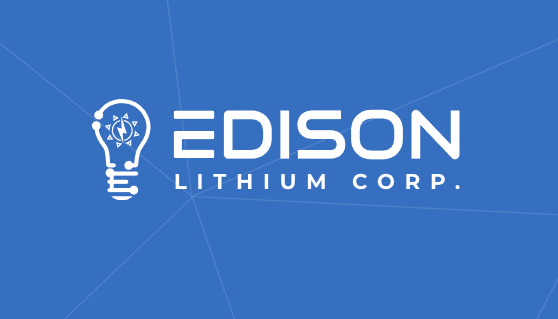Edison key facts
- We completed the acquisition of Resource Ventures S.A. (“ReVe”), an Argentina corporation that owns or controls the rights to over 148,000 hectares (365,708 acres) of prospective lithium brine claims in the province of Catamarca, Argentina.
- The claims are principally located in the two geological basins known as the Antofalla Salar and the Pipanaco Salar in South America’s famed Lithium Triangle.
- The Property hosts brines containing elevated concentrations of lithium (“Li”), potassium (“K”), and boron (“B”).
COBALT
- In late 2017, we acquired an additional 100% interest in 10 unpatented mining claims totaling 140 units, approximately 2,240 hectares.
- Eight new claims are contiguous to the Kittson Property, interpreted to host the western extension of the Shakt-Davis and Edison mine structures.
- Two new claims 5 km south of the Kittson property cover a cobalt showing that returned up to 0.14% Cobalt and 0.68 g/t gold.
- Acquired the Historic Thomas Edison Mine in May/18, that was developed by Thomas Edison in the early 1900s.
- Kittson Property consists of 216 unpatented claims and 1 patented claim totaling 4,440 hectares.




Under the highlands of the South American country

White gold

The silence of the desert landscape is broken

Argentina, an agricultural powerhouse
Why lithium?
Lithium is well suited for batteries for three main reasons.
First, it is very reactive. Since it loses its outermost electron very easily, it is easy to make current flow through a battery.
Second, lithium is the lightest metal in the periodic table. It is much lighter than other metals used in batteries, such as lead, which is important for small items like phones, but also for cars that require many batteries.
Third, lithium-ion batteries are rechargeable because lithium ions and electrons migrate back into negative electrodes very easily.
- Lithium is a metal extracted from the earth and traded in commodity markets. After hydrogen and helium, lithium is the third lowest element in the periodic table, containing only three protons and three electrons.
- Lithium-ion batteries offer more than five times the life of conventional lead-acid batteries at 80% depth of discharge and can easily withstand 2,000 cycles. This type of battery is used in over 70 types of consumer electronics and electric vehicle products.
- Lithium batteries are lighter than lead-acid batteries and have more power when starting. In addition, they can withstand a higher voltage during discharge than a comparably sized lead-acid battery.
- Lithium batteries are 96% efficient at converting supplied energy into stored energy. Lead-acid batteries have an efficiency of about 75%.
- Lithium batteries produce more energy per pound than lead-acid batteries and require significantly less material. The result is a very lightweight battery.
- Lithium-ion batteries draw charging current up to five times faster than lead-acid batteries, making them perfect for rapid charge cycles. As a rule, the battery can be fully charged in less than an hour.





Properties
Lithium
Salar de Antofalla (“Antofalla”)
Located less than 20 km west of Livent’s lithium-producing operation in northern Catamarca Province, the Antofalla Salar hosts one of the largest lithium-bearing basins in the region. It is over 130 km long and varies between 5 km and 20 km across.
ReVe’s assets in and around the Antofalla Salar are made up of approximately 107,000 hectares (264,397 acres) of semi-contiguous claims in the northern and southern parts of this salar, offsetting either side of Albermarle’s holdings in the center of this salar.
ReVe’s claims in the Pipanaco Salar consist of over 41,000 hectares (101,311 acres) of core areas in this salar, which is located approximately 50 km due west of Catamarca city.
